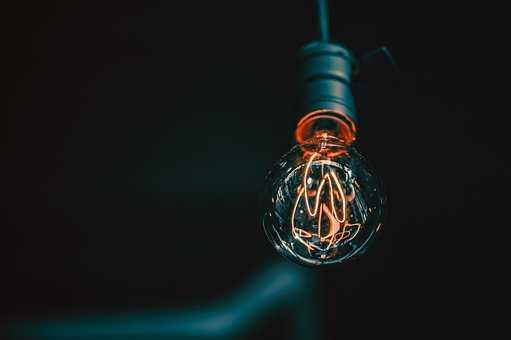3. The Anchoring Bias
The anchoring bias is the tendency to be overly influenced by the first piece of information that we hear. Some examples of how this works:
Like other cognitive biases, anchoring can have an effect on the decisions you make each day. For instance, it can influence how much you are willing to pay for your home. However, it can sometimes lead to poor choices and make it more difficult for people to consider other factors that might also be important.
74
419 reads
CURATED FROM
IDEAS CURATED BY
Cognitive Biases
“
The idea is part of this collection:
Learn more about problemsolving with this collection
Conducting market research
Analyzing data to make informed decisions
Developing a product roadmap
Related collections
Similar ideas to 3. The Anchoring Bias
Anchoring
Anchoring is a cognitive bias where an individual depends too heavily on an initial piece of information offered to make subsequent judgments during decision making.
Anchoring influences all kinds of purchases. Research found that people who move to a new city generall...
Know and conquer your enemy
Our brain relies on cognitive biases over clear evidence. Cognitive bias is the tendency to make poor judgments in a consistent pattern. Our unconscious biases are often so strong that they lead us to act in ways that are inconsistent with reason, our values, and beliefs.
...
The Anchoring Effect
The Anchoring effect is a phenomenon studied in the art of persuasion and influence.
It states that people tend to register the first piece of information that they get and 'anchor' it in their minds subconsciously. This makes them compare the second piece of information they get with t...
Read & Learn
20x Faster
without
deepstash
with
deepstash
with
deepstash
Personalized microlearning
—
100+ Learning Journeys
—
Access to 200,000+ ideas
—
Access to the mobile app
—
Unlimited idea saving
—
—
Unlimited history
—
—
Unlimited listening to ideas
—
—
Downloading & offline access
—
—
Supercharge your mind with one idea per day
Enter your email and spend 1 minute every day to learn something new.
I agree to receive email updates

